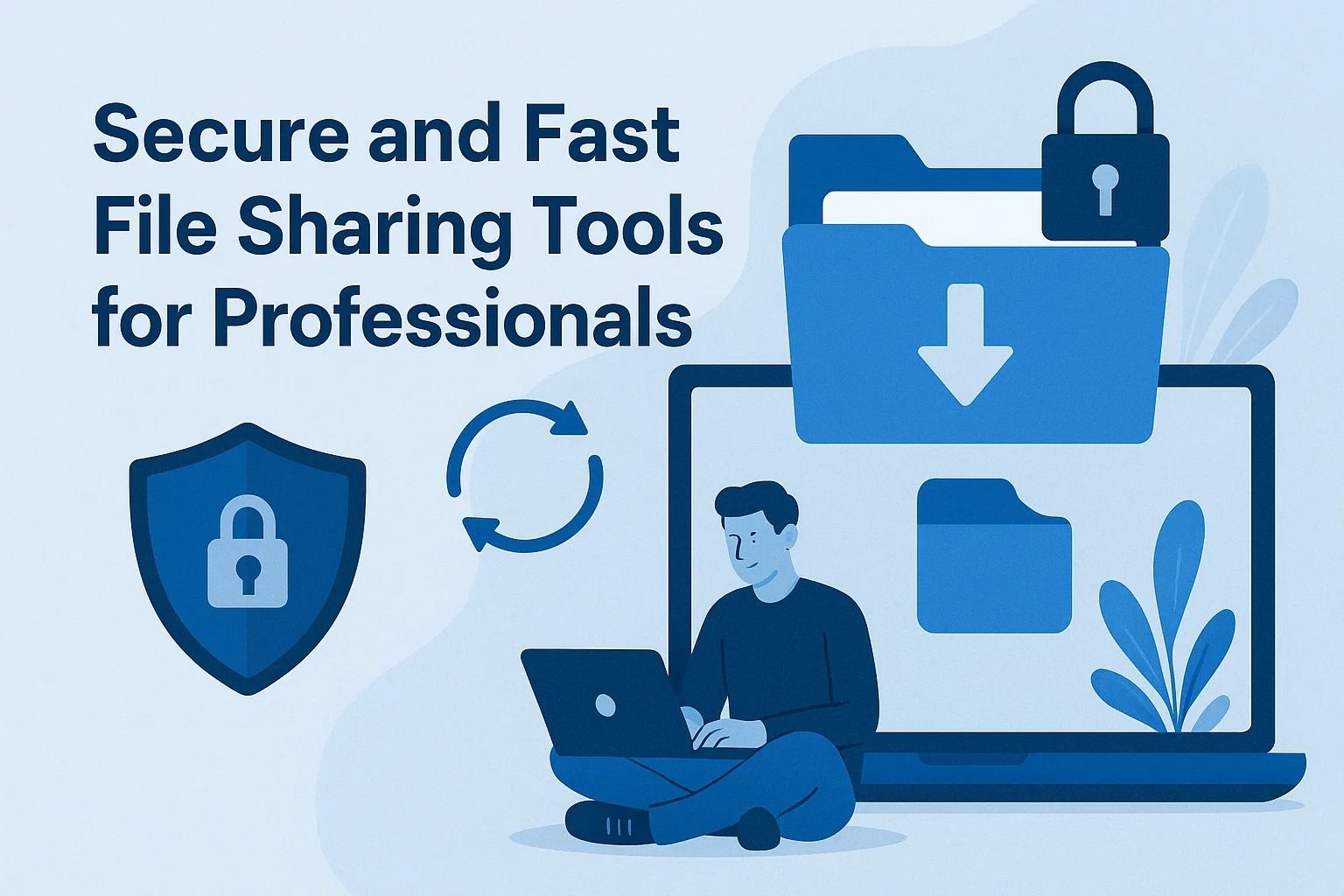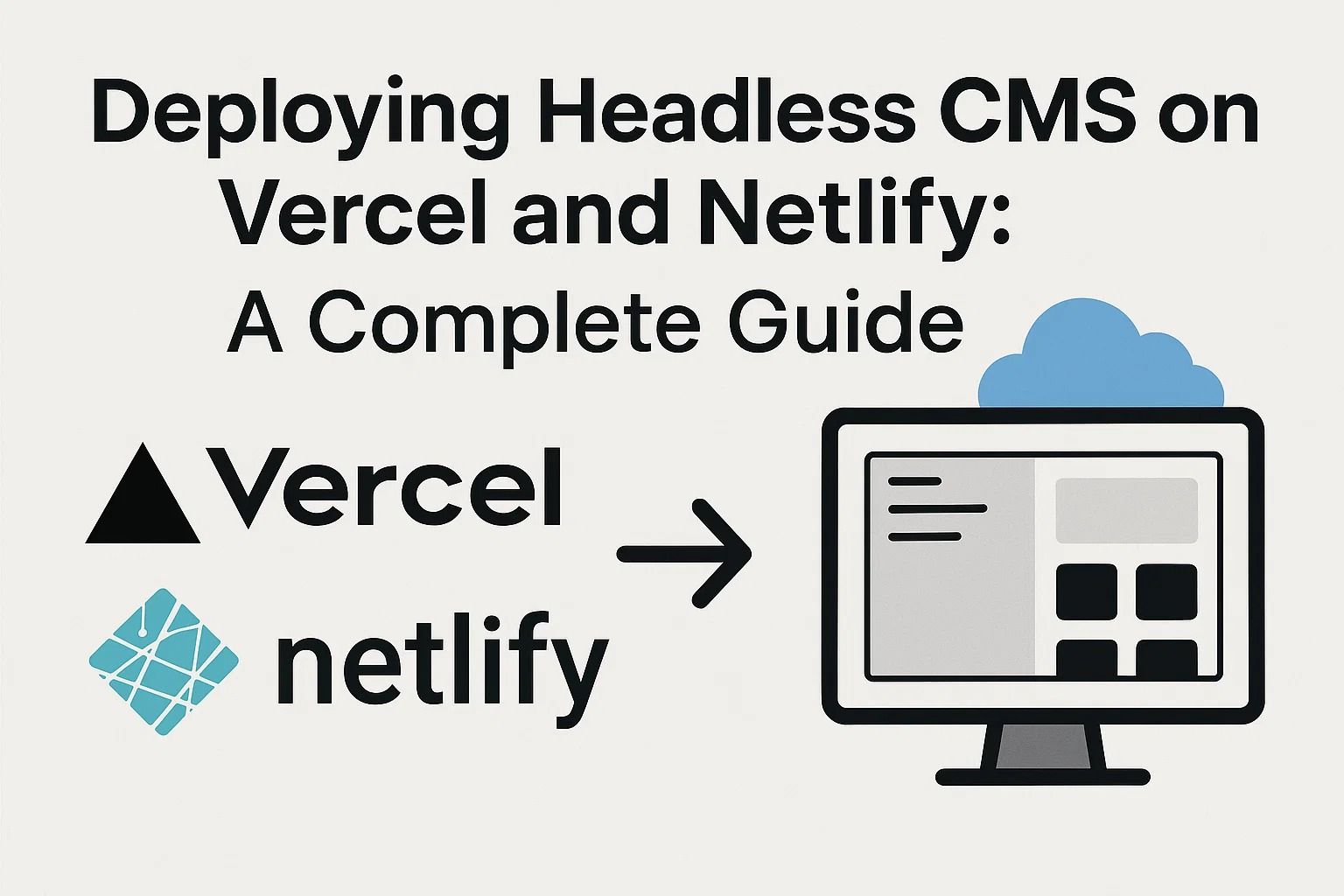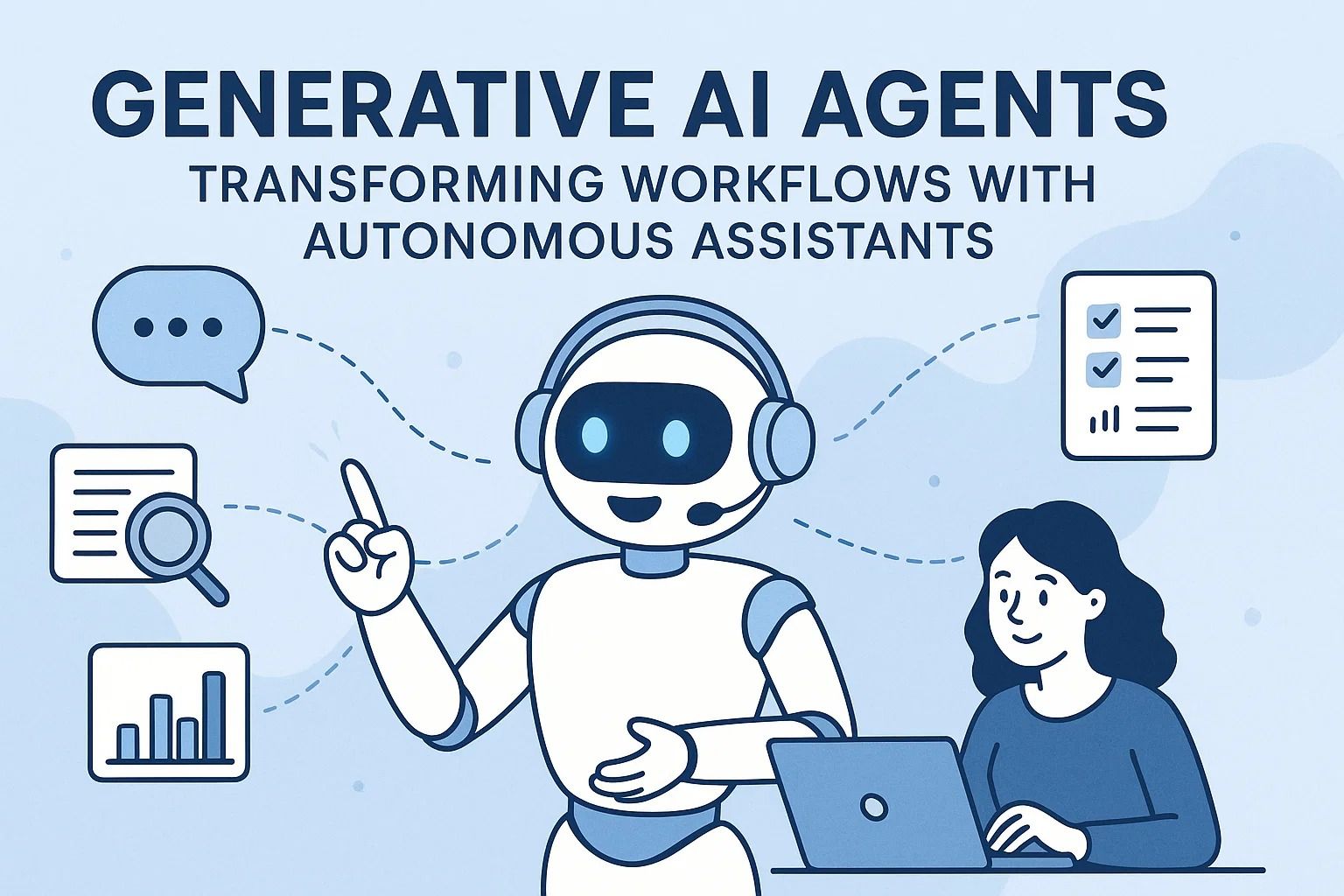
How to Use Data Analytics to Drive Tech Business Decisions
How to Use Data Analytics to Drive Tech Business Decisions
Modern tech companies live and die by how well they use data. In a fast-paced, competitive market, every decision — from product development to marketing spend — must be backed by solid analytics. Without structured data interpretation, even the most innovative startup risks wasting resources and missing key growth opportunities.
This first part explores the foundation of data-driven decision-making, how it applies to tech businesses, and the essential frameworks for integrating analytics into daily operations. Understanding the types of data, collection methods, and key metrics sets the groundwork for a more efficient, insight-driven organization.
1. Why Data Analytics Matters for Tech Businesses
Data analytics transforms raw information into actionable insights. It allows companies to make informed decisions based on facts, not assumptions. For a tech company, the benefits extend across multiple layers:
- Product Optimization: Analyze user behavior to identify features that improve retention.
- Operational Efficiency: Monitor performance metrics to allocate resources effectively.
- Customer Acquisition: Track conversion rates and engagement to refine marketing strategies.
- Revenue Growth: Use pricing and churn analysis to increase profitability.
In short, analytics helps you see patterns that intuition alone cannot. Data tells you where to pivot, when to scale, and how to serve users better. In the tech sector, where margins and timing are critical, this clarity can mean survival or failure.
2. Types of Data You Should Be Tracking
Before implementing analytics, tech companies must determine what kind of data is relevant. There are three main types:
- Descriptive Data: What happened? This includes metrics like daily active users (DAU), revenue per user (ARPU), or server uptime. It tells you what has occurred.
- Diagnostic Data: Why did it happen? This involves analyzing patterns, user flows, or campaign performance to identify causes of changes in metrics.
- Predictive Data: What will happen next? Using models and AI-based forecasting, you can estimate churn risk or project sales growth.
Combining these data types helps leaders create a 360-degree business intelligence ecosystem. This ecosystem turns dashboards and reports into powerful decision engines.
3. Setting Up a Data Infrastructure
To leverage analytics effectively, a company needs a robust infrastructure for data collection, storage, and processing. The setup typically includes:
- Data Sources: Website analytics (Google Analytics, Plausible), CRM data (HubSpot, Zoho), and user event tracking (Mixpanel, Amplitude).
- Storage: Cloud databases such as BigQuery, Snowflake, or Amazon Redshift to centralize data.
- ETL Tools: (Extract, Transform, Load) tools like Airbyte or Fivetran for moving and cleaning data.
- Visualization: Tools such as Power BI, Looker Studio, or Tableau to create dynamic dashboards.
Each layer must align with company goals and data maturity. For startups, lightweight tools with low setup time make sense. Larger companies may invest in more complex pipelines to process millions of data points daily.
Example: Data Flow in a SaaS Company
- User interacts with app → Event captured via API (Mixpanel).
- Data stored in cloud warehouse (BigQuery).
- ETL tool cleans and structures data daily.
- Dashboard updates with metrics (LTV, churn, MRR).
- Management reviews dashboard → makes pricing or feature decisions.
4. Key Metrics That Drive Decisions
Every department in a tech business depends on metrics to evaluate performance. The most common ones include:
| Area | Key Metric | Purpose |
|---|---|---|
| Product | DAU/MAU Ratio | Measure user engagement and retention |
| Marketing | Customer Acquisition Cost (CAC) | Evaluate efficiency of campaigns |
| Sales | Customer Lifetime Value (LTV) | Determine profitability per client |
| Operations | Churn Rate | Track user loss and retention impact |
| Finance | Monthly Recurring Revenue (MRR) | Monitor stable income flow |
These KPIs act as navigational tools for leadership. When integrated into dashboards, they show whether your strategies are working or need refinement.
5. Turning Data into Actionable Insights
Collecting data is easy. Interpreting it correctly is hard. The real value comes when analytics transforms into clear, actionable insights that guide measurable change.
To achieve that:
- Define decision questions first — “What do we want to know?” before “What can we measure?”
- Ensure data accuracy. Inconsistent or duplicate entries destroy reliability.
- Automate reporting. Real-time updates save time and prevent bias.
- Visualize trends over time, not just snapshots.
Analytics must become part of the decision loop. A strong loop connects data → insight → action → outcome → new data. This continuous feedback system keeps the company adaptive and evidence-driven.
In the next part, we’ll explore how to apply these principles practically — building predictive models, integrating automation, and aligning analytics with business strategy for real impact.
Applying Data Analytics to Real Business Scenarios
Once the foundation is set, the next step is translating raw data into tangible business value. In tech companies, analytics should never exist in isolation — it must serve business strategy. This part focuses on how data teams collaborate with leadership to identify opportunities, build predictive models, and automate decision-making processes.
1. Aligning Analytics with Business Goals
Analytics should always answer key operational questions. The best way to ensure this is to start with strategic alignment. Instead of tracking hundreds of disconnected metrics, tech businesses should map analytics projects directly to organizational goals:
- Growth objective → Track user acquisition, activation, and churn funnels.
- Efficiency objective → Monitor burn rate, customer support response time, and server uptime.
- Innovation objective → Analyze which new product features lead to higher engagement or conversions.
This alignment ensures that every data project contributes to measurable outcomes. It transforms analytics from a “reporting function” into a strategic decision-making engine.
2. Building Predictive and Prescriptive Models
Descriptive analytics shows what happened. Predictive analytics shows what will likely happen next. Prescriptive analytics goes even further — it suggests what actions should be taken. Tech businesses increasingly rely on these advanced layers to gain a competitive edge.
Example applications:
- Customer churn prediction: Train models on user engagement data to identify accounts at risk of cancellation, then trigger retention campaigns.
- Revenue forecasting: Use regression models or machine learning algorithms to predict MRR based on seasonality, ad spend, and conversion trends.
- Pricing optimization: Combine A/B testing with revenue modeling to determine ideal pricing tiers for maximum profit.
These predictive frameworks depend on clean, reliable, and representative data. Poor data quality often leads to misleading outcomes, so companies must maintain strict validation and normalization processes.
3. Integrating Analytics into Product Development
Modern product teams rely on analytics to guide design decisions, improve user experience, and identify bottlenecks. Common approaches include:
- Feature usage tracking: Identify which features are most and least used to prioritize roadmap updates.
- User behavior analysis: Use heatmaps, funnels, and session recordings to improve UX flow.
- Experimentation: Conduct A/B tests for onboarding, pricing, or notifications and assess impact through statistical significance.
When analytics is deeply integrated into development cycles, teams shift from opinion-based decisions to evidence-based iteration. This builds faster feedback loops and increases product-market fit accuracy.
4. Using Automation and AI in Analytics Workflows
Manual reporting wastes valuable time and introduces bias. Automation ensures consistency and scalability. Companies can use automation to:
- Schedule data pulls and updates from APIs daily or hourly.
- Automatically refresh dashboards to reflect real-time performance.
- Trigger alerts when key metrics cross critical thresholds.
- Deploy machine learning models that autonomously adjust ad spend or recommend price changes.
Automation allows teams to shift focus from routine maintenance to interpretation and strategy. Integrating AI-driven tools such as Google Vertex AI, Databricks, or DataRobot makes predictive insights accessible even to non-technical decision-makers.
Example: A SaaS company used an automated anomaly detection model to identify sudden user churn spikes. The system flagged the issue within hours, prompting a fix before significant revenue loss occurred.
5. Building a Data-Driven Culture
Technology alone cannot guarantee success — culture determines adoption. A company that fails to integrate analytics into its daily decision-making will never realize its full potential. To create a data-driven culture:
- Train every department to interpret dashboards and KPIs correctly.
- Encourage leadership to ask “What does the data say?” before major decisions.
- Reward data-backed initiatives and transparency in results.
- Standardize definitions across departments to ensure alignment (e.g., what counts as an “active user”).
Creating this culture requires leadership commitment and democratization of data tools. When everyone has access to reliable data, silos break down, and decisions improve across the organization.
6. Common Pitfalls in Analytics Implementation
Even the best-intentioned data strategies fail due to a few predictable mistakes:
- Data overload: Collecting excessive metrics that don’t support clear business goals.
- Lack of data governance: Poor documentation or access control leads to inconsistent analysis.
- Analysis paralysis: Teams overanalyze and delay decisions waiting for perfect data.
- Neglecting context: Metrics without qualitative context can mislead decision-makers.
Avoiding these pitfalls demands discipline and clarity. Analytics should simplify decisions, not complicate them. Every chart and KPI must tie directly to an outcome — growth, retention, efficiency, or profitability.
In the final part, we’ll explore how to establish a long-term analytics strategy — integrating governance, scaling infrastructure, and ensuring that insights remain actionable as your tech business grows.
Scaling Analytics Infrastructure and Strategy
Once your organization uses analytics to guide core decisions, the next challenge is scaling. As data volume grows, so does complexity—systems must evolve from simple dashboards to enterprise-grade architectures. This part explores how to future-proof your analytics operations, strengthen governance, and embed data thinking into every layer of your business.
1. Building Scalable Data Infrastructure
Early-stage startups often rely on lightweight tools like Google Sheets or Airtable. While effective at the beginning, these tools quickly reach their limits. A scalable tech business needs a solid foundation based on:
- Data warehouse: Platforms like Snowflake, BigQuery, or Redshift store structured data for high-speed querying.
- ETL pipelines: Tools such as Airbyte, Fivetran, or dbt automate extraction, transformation, and loading processes.
- Data lake architecture: For unstructured or large-scale datasets (IoT, logs, etc.), integrate storage solutions like AWS S3 or Azure Data Lake.
Combining these layers allows for both real-time and historical insights. Modern businesses often adopt a hybrid model — real-time streaming for operational dashboards and batch processing for analytical workloads.
2. Data Governance and Security
With greater scale comes responsibility. Data governance defines how information is collected, processed, shared, and secured. Strong governance frameworks protect both users and companies. Core components include:
- Access control: Use role-based permissions to limit who can view sensitive data.
- Data lineage tracking: Document how data flows across systems to ensure traceability and compliance.
- Quality assurance: Establish validation checks to detect anomalies or missing fields before they corrupt reports.
- Compliance alignment: Follow GDPR, CCPA, and other regional data privacy laws.
Warning: Even minor data leaks or inaccurate reports can destroy user trust. Always treat governance as a top-tier business priority.
3. Enabling Self-Service Analytics
To keep pace with growth, data access must be democratized. Instead of relying solely on analysts, every department—marketing, product, finance—should be empowered to explore data independently. Self-service analytics platforms like Metabase, Power BI, or Looker make this possible through drag-and-drop interfaces.
This decentralization boosts agility and accelerates decision-making. Teams can instantly test hypotheses, visualize KPIs, and iterate strategies without waiting for engineering support.
4. Creating Feedback Loops Between Data and Strategy
Analytics should not only reflect performance but influence ongoing decisions. The best data-driven organizations build continuous feedback loops between insight and execution. For example:
- Marketing campaigns automatically adjust based on conversion performance.
- Product features are reprioritized using live engagement metrics.
- Customer success teams trigger proactive outreach when satisfaction scores drop.
These feedback loops make analytics dynamic. Data evolves from a static reporting tool to an active decision framework—one that continuously refines business strategy.
5. Measuring ROI on Analytics Investments
Analytics initiatives must justify their cost. To evaluate ROI, measure improvements across three primary dimensions:
- Operational efficiency: Reduced time spent on reporting or manual processes.
- Revenue growth: Increased sales, retention, or conversion rates tied to insights.
- Risk mitigation: Prevention of financial losses through early anomaly detection.
For example, one SaaS firm reported a 12% increase in net retention after implementing predictive churn models. Another improved profitability by 18% by automating pricing optimization. These are measurable business results directly tied to analytics maturity.
6. Building Long-Term Data Literacy
The true differentiator between tech businesses is not access to data—it’s data literacy. A company’s ability to interpret, question, and act on analytics defines its long-term competitiveness. Building this literacy requires consistent training, documentation, and leadership modeling data-driven behavior.
Encourage employees to present data-backed arguments in meetings, reference dashboards in planning, and collaborate on hypotheses. Over time, these habits build a shared language of evidence and accountability.
Checklist for Sustainable Analytics Growth
- ☑ Centralized and scalable data storage
- ☑ Established governance and compliance framework
- ☑ Automated and self-service analytics tools
- ☑ Continuous feedback between insights and actions
- ☑ Company-wide data literacy initiatives
7. Future Outlook: From Insight to Intelligence
As analytics evolves, the line between descriptive dashboards and automated intelligence will blur. The future lies in adaptive systems — machine learning models that don’t just report but continuously act on data. These systems will autonomously detect inefficiencies, recommend strategic pivots, and simulate future outcomes with precision.
Businesses that integrate these capabilities early will lead their markets. Data-driven decision-making is no longer a competitive advantage — it’s a survival requirement.
To explore more advanced strategies for integrating technology with business growth, visit our in-depth guide: Strategies to Enter Global Markets with Your Tech Product.
















